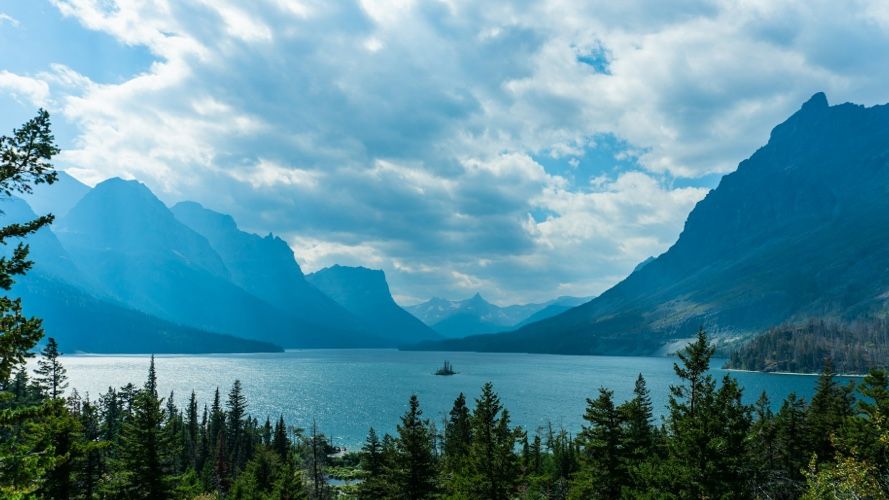- What outdoor skills do Montana camps teach?
- Many camps focus on hiking, camping safety, wildlife education, and survival skills appropriate for different age groups.
- Are camps prepared for Montana’s variable mountain weather?
- Yes, camps advise families on appropriate clothing and gear to handle changing conditions including cooler nights.
- How do camps support camper well-being and homesickness?
- Staff provide emotional support, engaging activities, and structured routines to help campers adjust comfortably.
- What is the recommended age to start overnight camp in Montana?
- Most camps accept campers from age 7 or 8, with some offering special programs for younger children.
- Are there camps that accommodate special dietary needs?
- Yes, advance notice allows camps to prepare safe and appropriate meals for campers with allergies or restrictions.
- Do camps offer family visitation days or opportunities?
- Some camps schedule open days or family weekends, allowing parents to visit and participate in camp activities.
- What communication methods are used between campers and families?
- Most camps encourage letters and may offer limited phone or email contact, focusing on building camper independence.
